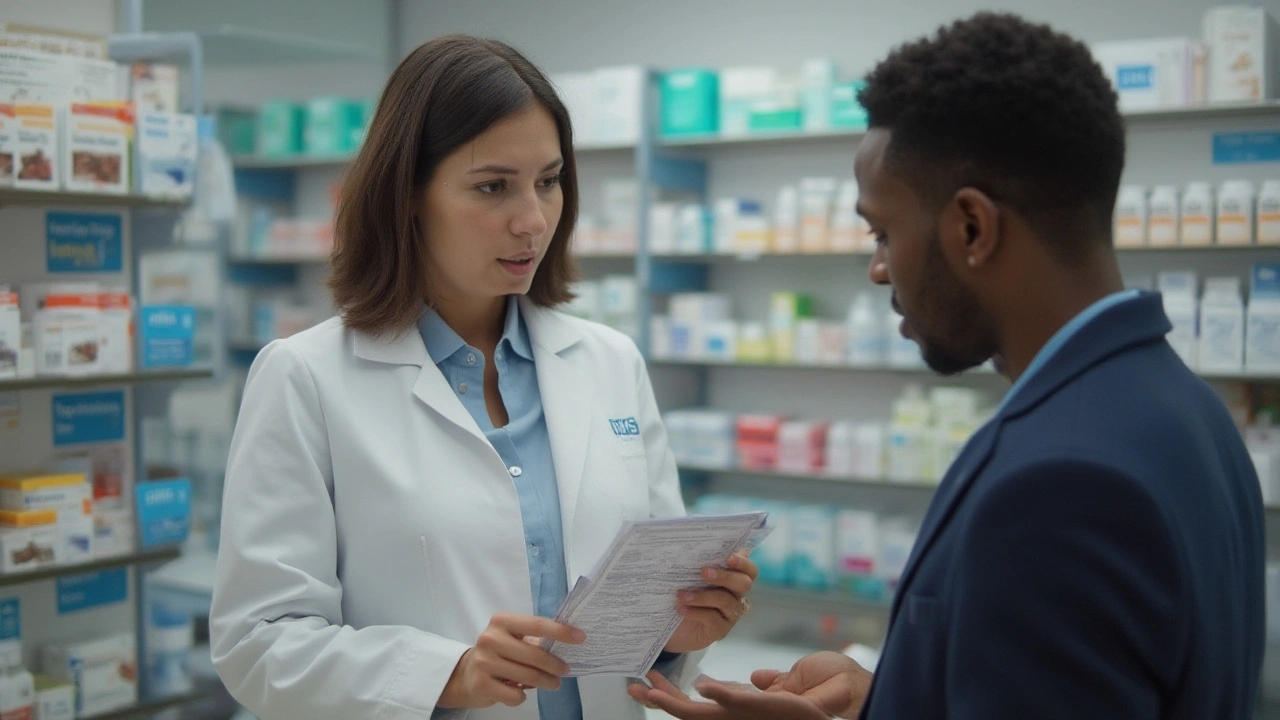Floxin (ofloxacin): what it is and when it helps
Floxin is a fluoroquinolone antibiotic (generic name: ofloxacin). Doctors use it for certain bacterial infections — often urinary tract infections, some respiratory infections, skin infections, and prostatitis. It does not work for viral infections like colds or the flu. Take it only when a prescriber confirms a bacterial cause.
Like all antibiotics, Floxin targets specific bacteria. That means the dose and length of treatment change based on the infection and how serious it is. Don’t stop early just because you feel better — stopping too soon can let bacteria survive and become resistant.
Practical dosing and use tips
Dosing depends on the infection and your health. Typical adult doses fall in a range, and your doctor will pick the right amount and length. Take Floxin at the same times each day to keep levels steady. Swallow tablets whole with water. If your prescription includes liquid instructions, follow the label exactly.
A few simple rules improve how the drug works: take Floxin on an empty stomach or two hours after a meal if possible, and avoid antacids, calcium, magnesium, iron or multivitamins within a few hours of a dose — they can cut absorption. If you miss a dose, take it as soon as you remember unless the next dose is almost due. Don’t double up.
Side effects, warnings, and interactions
Common mild side effects include nausea, headache, dizziness, and stomach upset. There are rarer but serious risks: tendonitis and tendon rupture, nerve damage (peripheral neuropathy), changes in mood or sleep, QT prolongation (a heart rhythm issue), and severe diarrhea from C. difficile. If you get sudden joint or tendon pain, numbness, serious diarrhea, chest pain, or fainting, stop the drug and contact a doctor immediately.
Tell your prescriber about other meds you take. Floxin can interact with blood thinners (like warfarin), certain heart drugs, and steroids — which can raise the tendon risk. Pregnant people and young children are usually advised to avoid fluoroquinolones unless no safer option exists.
Thinking of buying Floxin online? Many countries require a prescription. Use licensed pharmacies, ask for a pharmacist contact, check reviews, and avoid sites that sell prescription drugs without a valid prescription. If a deal looks too cheap or the site has no verifiable credentials, walk away. RxStore-365 has guides on spotting safe online pharmacies and steps to verify a seller.
When you need help: see a doctor if symptoms get worse despite treatment, or if you notice warning signs listed above. For persistent infections, a urine or culture test can guide the right antibiotic choice. If your doctor prescribes Floxin, follow instructions, watch for side effects, and keep all follow-up appointments.

Floxin Antibiotic: Complete Guide, Side Effects, Dosage, and User Tips
Learn about Floxin, an antibiotic for bacterial infections. Discover uses, dosage, side effects, facts, and essential user guidance in this detailed guide.
Read More



